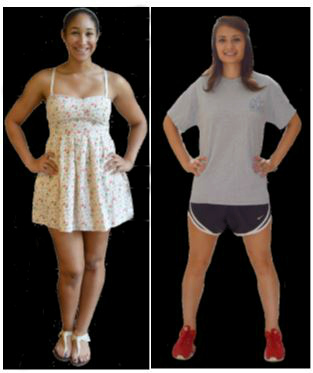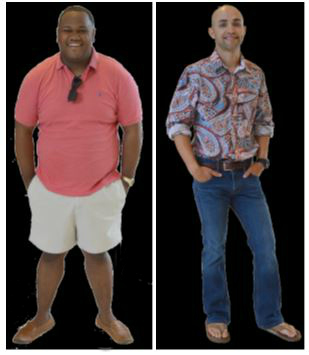
You’ve probably heard it a million times: A job interview should be a two-way conversation. You may assume that means someone asks questions and you offer answers. But that’s only half of the conversation. Interviewers expect you to ask questions, too—and asking thoughtful questions can polish your image as a job seeker.
Asking questions is one way to show that you are interested in the job. It shows you’ve researched the organization and you’ve heard what the interviewer has told you about the job. Your questions also will help you see how the job and the organization fit into your career goals.
When preparing questions before the interview, your first stop should be the organization’s website—don’t want to ask questions that are already covered online. Next, pay close attention to details that come to light during the interview—you’ll want to include questions on information you hear.
Here are examples of questions you can ask (and why you should ask them):
What does a typical work day look like? What is a typical week like in this job?
(You’re showing interest in life on the job in the organization.)
With whom would I be working? Who would be my supervisor?
(You’re looking seriously at your potential place in the organization.)
What are the challenges facing the person in this position? What are your expectations for this role?
(You’re asking about your fit within the company and your future with the organization.)
Why did you choose to work for this company?
(Ask this question of anyone you meet during your interview. It gives the interviewer a chance to “sell” the company and gives you insight into what others think about working for the organization.)
How would you describe your company culture?
(Are you and the company are well matched? Is this the environment you want to join?)
What is the natural career progression for employees with my skill set?
(You’re demonstrating that you’re thinking about a long-term future with the company.)
Does this organization have a formal mentor or coaching program? How is it structured?
(This illustrates that you are interested in being a good employee and improving on the job.)
What kind of internal and external training do you provide?
(This question illustrates your desire to excel in the job.)
After you’ve asked your questions, restate your interest in the organization.
Then, ask for the job—this reiterates your interest in joining the organization.
Finally, ask these few last questions:
- What is the next step in the hiring process?
- When will you make your decision?
- May I call you?
- When is a good time?
Courtesy of the National Association of Colleges and Employers.




